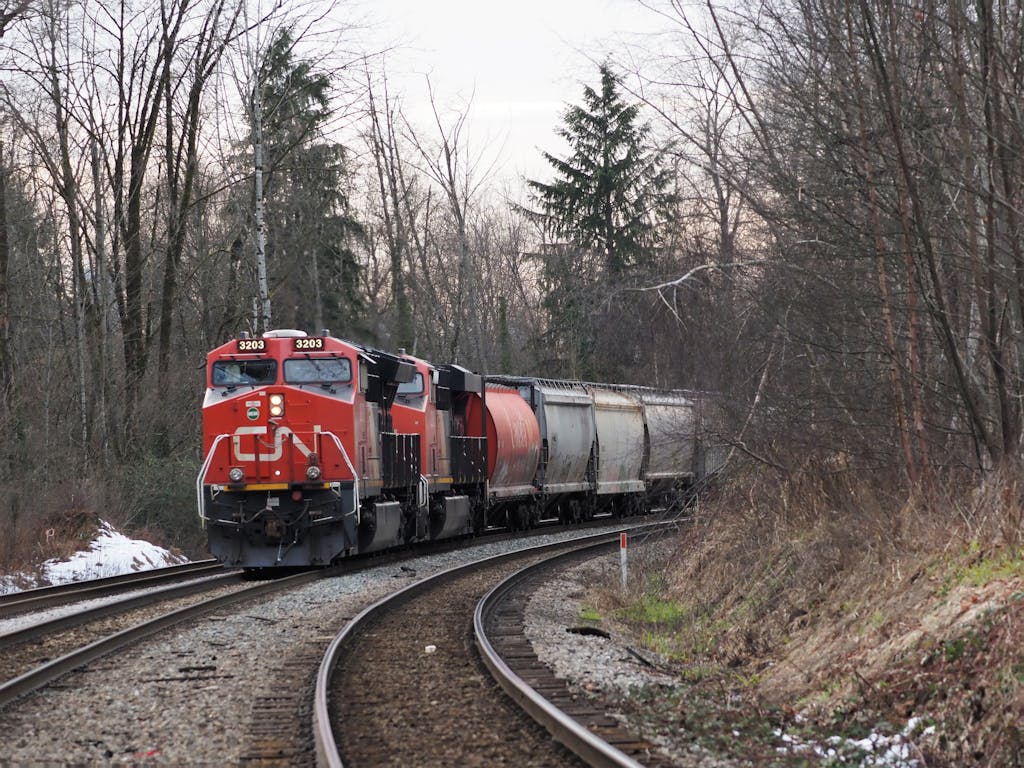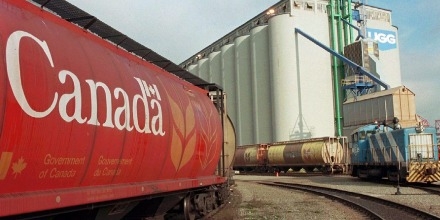Harvest progress as of October 22 sits at 95% complete across the province.
- Corn and sunflower harvest will continue for the next few weeks. Currently, corn is at 55% complete and
sunflowers are at 39% complete provincially. - Fall fertilizer application has been widespread, and the majority of fall field work has been completed.
- Producers are becoming more aware of the need to scout their fields and identify weeds which escaped
their control or looked unusual. This is a normal part of integrated weed management but is becoming more
important due to the introduction of waterhemp and palmer amaranth to the province. - Waterhemp was identified for the first time in the rural municipalities of Macdonald, North Norfolk, Roland,
Stanley, and Westlake-Gladstone. Increased incidence was reported in Dufferin, Grey, Montcalm, Morris,
Norfolk Treherne, and Rhineland.
In the northwest region, a good start to the season with field peas and spring wheat getting in the ground early to mid-May.
The exception was in the Dauphin region where soil conditions were saturated.
May was characterized by higher than average amounts of precipitation, resulting in standing water in some fields and delays in seeding.
Cooler temperatures persisted with the precipitation and crops seeded during this time were slow to germinate and grow.
When seeding was able to resume, crops were prioritized with a switch to soybeans to meet insurance deadline.
By early June, cooler conditions resulted in below normal Growing Degree Days accumulation, while the
precipitation amounts were 200% of normal.
Many parts of the region continued to receive excessive rainfall, stalling seeding progress mostly in The Pas and the Dauphin/Fork River areas.
Dauphin/Ste. Rose area received a late snowstorm on May 24 which also set things back.
In the Dauphin region, the excess moisture resulted in many late seeded and unseeded acres.
By early July, the RM of Mossey River declared a state of agricultural disaster due to excess moisture.
By mid-July, temperatures warmed and the GDD caught up with seasonal normal.
Many crops recovered, although the high temperatures did cause some soil crusting as well as additional
stress to crops.
Also in mid-July, the region received an extreme windstorm that caused severe lodging in many
cereals and canola fields.
Field peas mostly withstood the wind, and soybeans were at a younger stage and were
less impacted.
While some affected fields recovered, they all remained susceptible to strong winds and heavy
rains.
The lodging caused delays in maturity that remained apparent up to the harvest period.
With adequate heat and moisture, crops were able to grow sufficiently for most of the season.
However, crop maturity was behind in areas that received excess moisture.
High temperatures in August helped to move crops along, bringing field peas to maturity by mid- August.
Spring wheat and canola were quick to follow, depending on seeding date.
Harvest was a challenge in lodged crops, with slow progress for both spring wheat and canola.
Yields for canola were lower than in previous years, likely due to challenges with establishment, plus a relatively low amount of precipitation during pod fill.
Crop quality for both spring wheat and canola did not appear to be drastically reduced.
A long, open fall has allowed later-maturing fields and many post-harvest activities to be completed, including
baling of straw, harrowing, and herbicide and anhydrous application.
Warmer weather in September and October have provided good conditions for germination of winter cereals, although soil moisture is generally low.
Seeded winter cereal acres have increased this year and are off to a good start.
Field pea harvest was completed with average yields ranging from 45 to 60 bu/acre.
Some later seeded crops were a challenge and slow to harvest.
Majority of field peas have graded at 2CAN.
Spring wheat is complete with widely variable yields.
Average yields were 65 to 70 bu/acre, with some poorer fields yielding 20 to 40 bu/acre.
Oats averaged 110-120 bu/acre and barley 80-95 bu/acre.
Majority of cereals have graded as 1CW with some lighter oats reported.
Canola is 98% complete with varied yields based on crop conditions throughout the season as well as disease
pressure.
Average yields ranged from 30 to 40 bu/acre, while poorer fields yielded 8 to 20 bu/acre.
A significant presence of verticillium stripe was evident this season.
Majority of canola has graded at 1CAN with reports of dockage due to small/light seed.
Soybean harvest is 99% complete and looked good across most of the region this year.
Yields ranged from 35 to 50 bu/acre.
Majority of soybeans have graded at 2CAN.
(Manitoba Agriculture news release)



